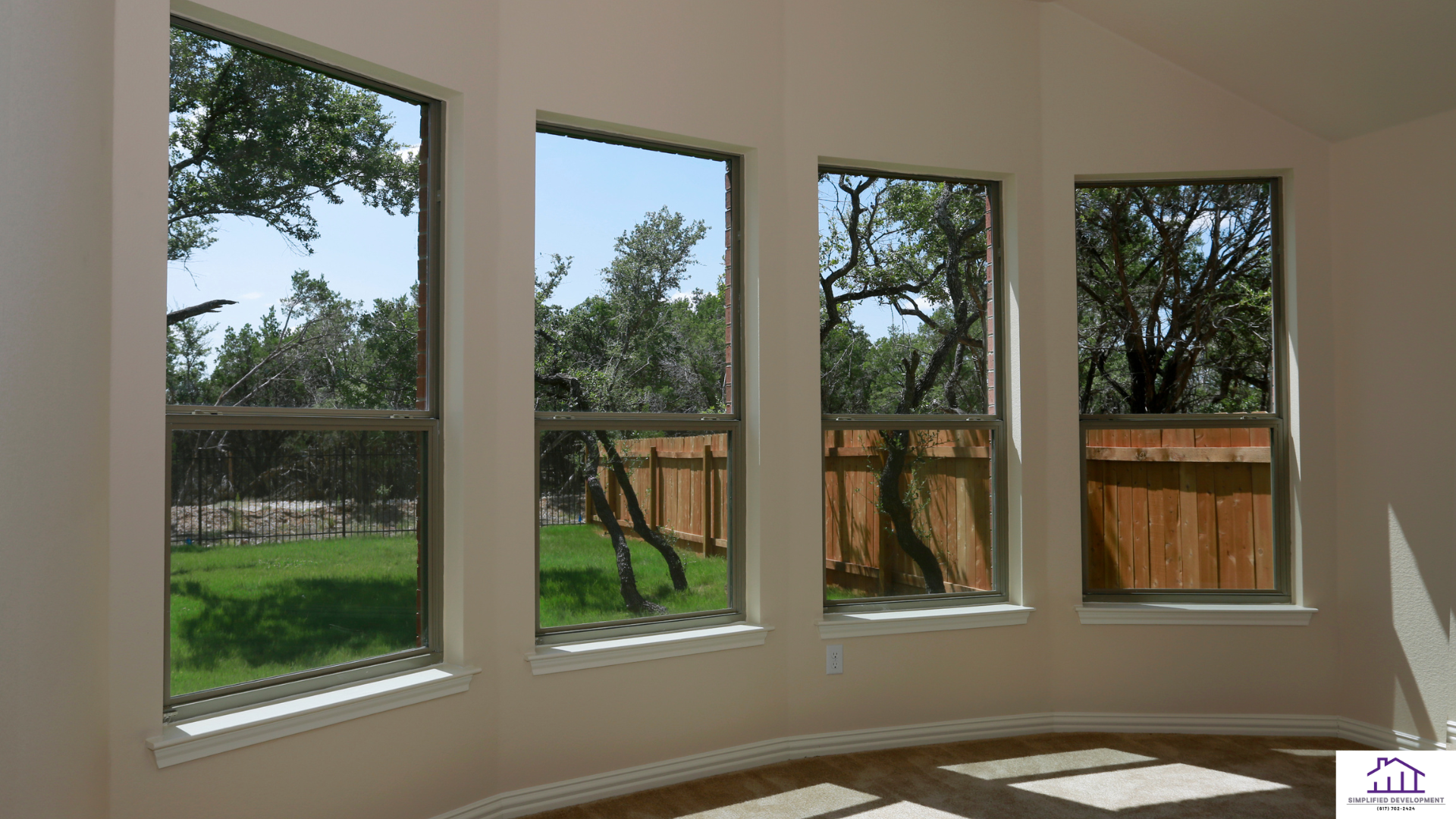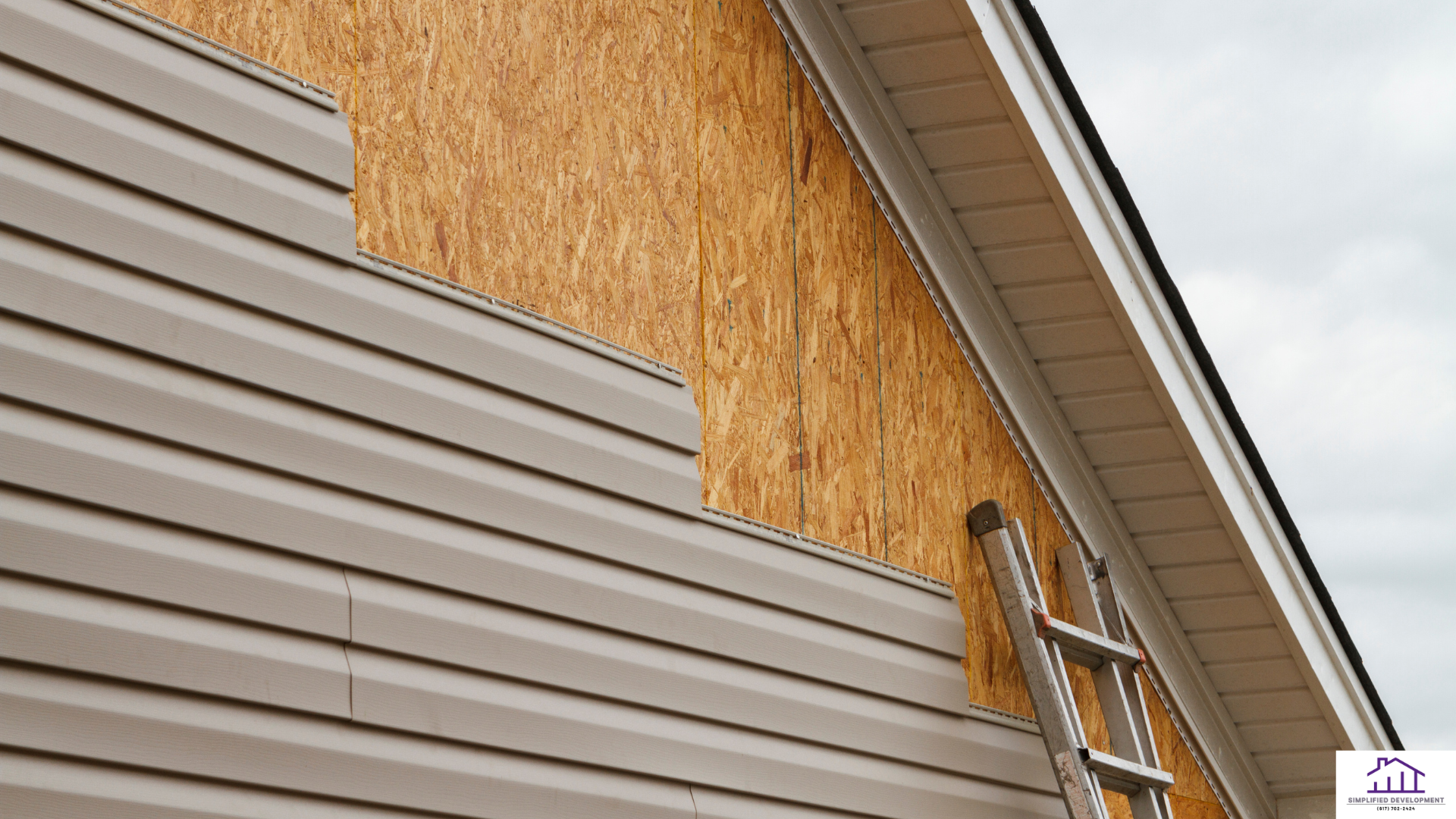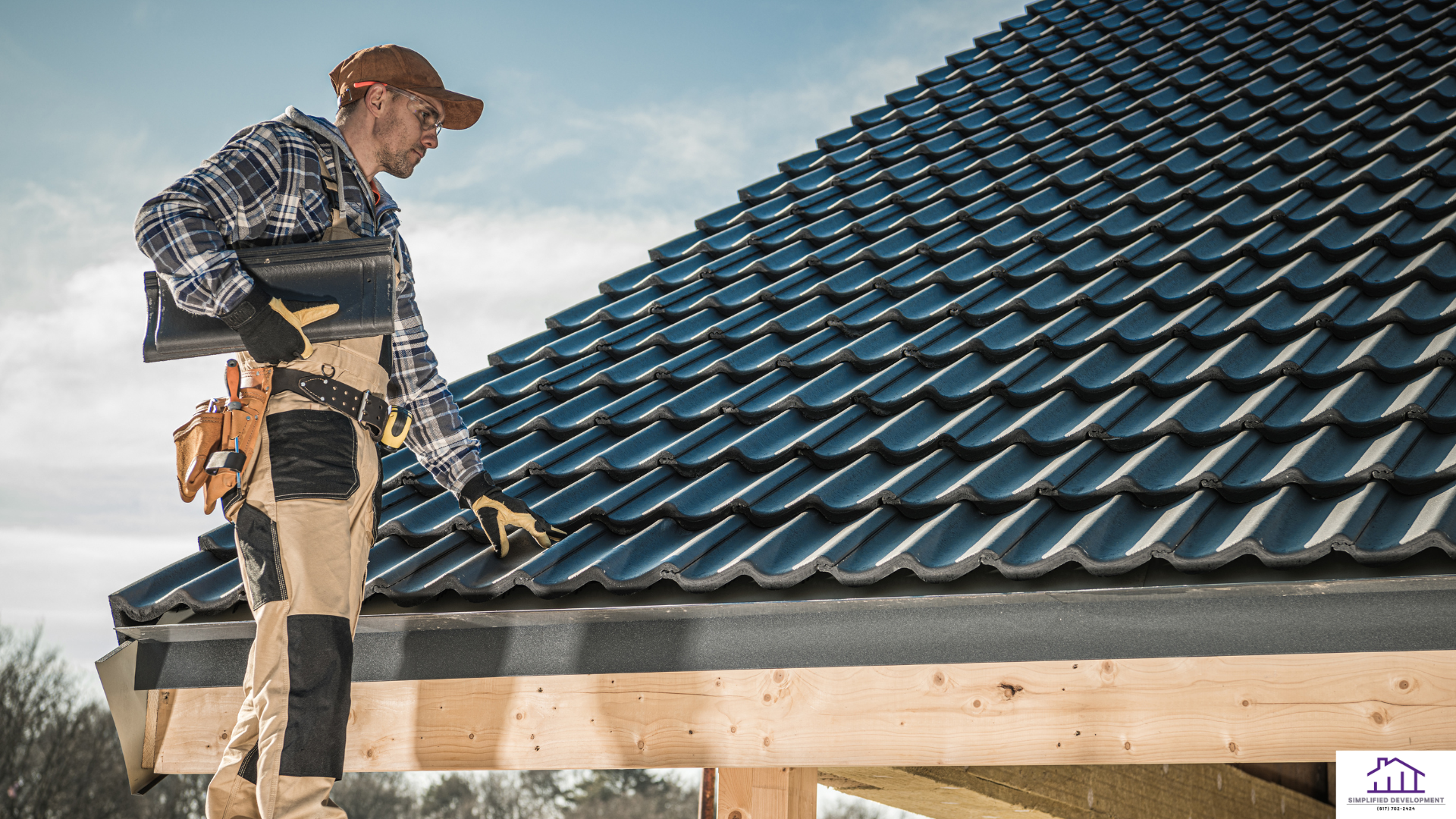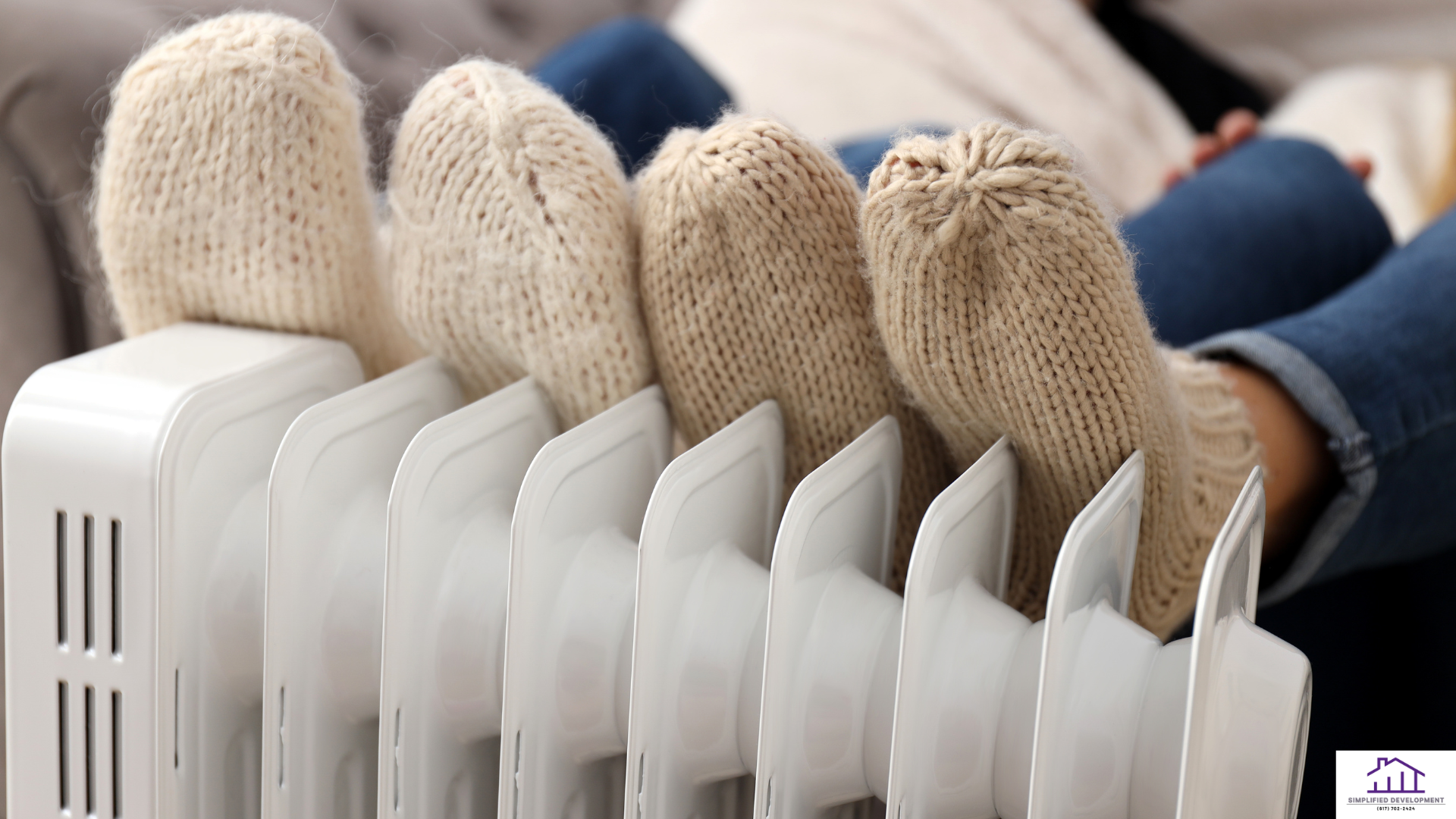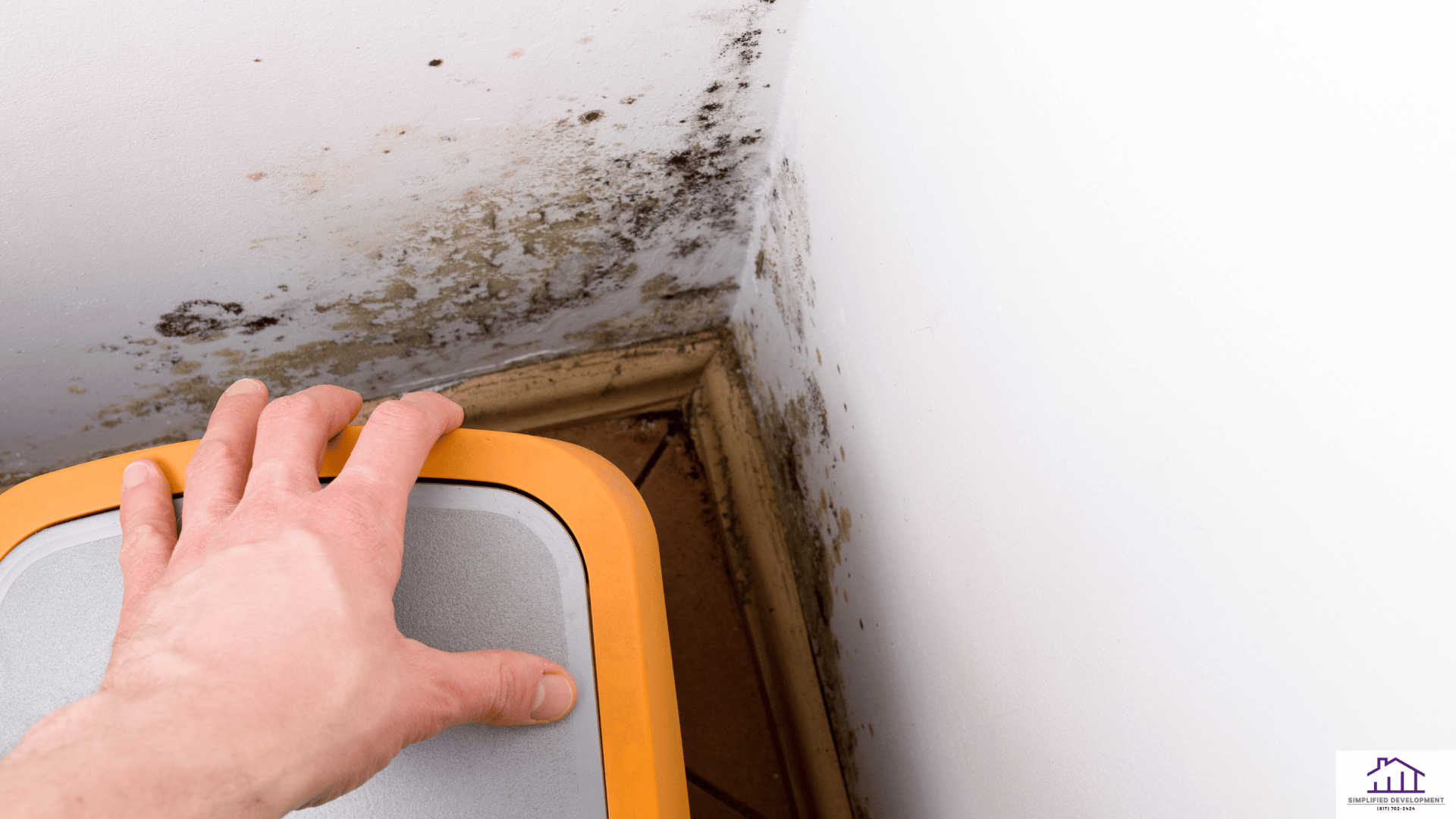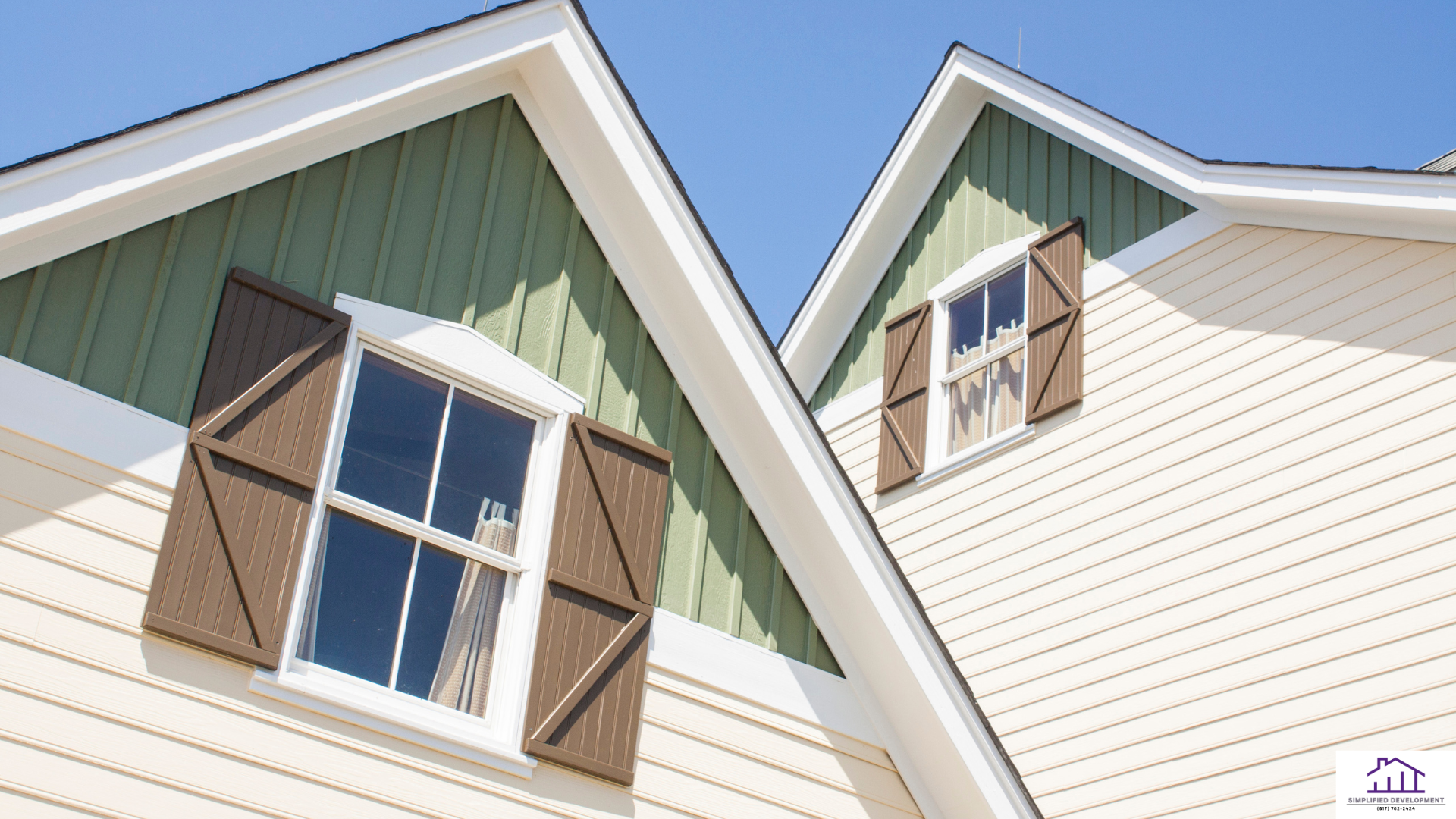Thank you for visiting!
Signs It’s Time to Replace Your Home’s Siding

Siding plays a crucial role in protecting your home from the elements while enhancing its curb appeal. Over time, however, siding can deteriorate due to various factors, including weather conditions, physical damage, and age. Recognizing the signs that it’s time to replace your home’s siding can prevent further damage and maintain your home’s value. Here are the key indicators that your siding needs replacement.
1. Cracked, Warped, or Rotting Siding
One of the most visible signs that it’s time to replace your siding is the presence of cracks, warping, or rot. These issues can compromise the integrity of your home’s exterior.
- Cracks and Splits: Cracks and splits in the siding can allow moisture to seep in, leading to further damage and potential mold growth.
- Warping: Warped siding indicates that the material has absorbed moisture and expanded, often leading to more extensive damage.
- Rot: If your siding is made of wood, check for signs of rot, which weakens the siding and diminishes its protective capabilities.
2. Peeling Paint or Wallpaper Inside Your Home
Peeling paint or wallpaper on interior walls can be a sign that your siding is no longer providing adequate protection from moisture.
- Moisture Infiltration: When siding fails, moisture can seep into your home’s walls, causing paint to peel and wallpaper to bubble or peel away.
- Interior Damage: This kind of damage suggests that the underlying structure of your home might be compromised, necessitating immediate attention.
3. Increased Energy Bills
Siding acts as an insulator, helping to regulate your home’s internal temperature. Damaged or deteriorating siding can lead to increased energy bills.
- Drafts: Gaps or cracks in the siding allow air to escape, making your heating and cooling systems work harder to maintain a comfortable temperature.
- Poor Insulation: If your siding is no longer insulating your home effectively, it’s time to consider a replacement to improve energy efficiency.
4. Mold, Mildew, or Fungus
The presence of mold, mildew, or fungus on your siding can indicate moisture problems. These issues not only affect the appearance of your home but can also lead to health problems.
- Black Spots: Look for black or green spots on the siding, which are common signs of mold or mildew growth.
- Persistent Moisture: Mold and mildew thrive in moist environments, suggesting that your siding is not adequately protecting your home from moisture.
5. Fading or Discoloration
Over time, siding can fade or become discolored due to exposure to the elements. While this is often a cosmetic issue, it can also indicate that the siding material is deteriorating.
- Color Changes: Significant color changes or fading can make your home look worn out and reduce its curb appeal.
- Material Breakdown: Fading can be a sign that the siding material is breaking down and losing its protective properties.
6. Bubbling or Blistering
Bubbling or blistering siding is a clear sign that moisture is trapped beneath the surface. This can lead to more extensive damage if not addressed promptly.
- Moisture Entrapment: Bubbling occurs when moisture gets trapped between the siding and the house, indicating that the siding is no longer effectively repelling water.
- Structural Risk: Prolonged exposure to moisture can cause significant structural damage, making it essential to replace the siding.
7. Frequent Maintenance and Repairs
If you find yourself constantly repairing and maintaining your siding, it may be more cost-effective to replace it entirely.
- Repeated Issues: Frequent repairs indicate that the siding is nearing the end of its lifespan.
- Cost Efficiency: Investing in new siding can save you money in the long run by reducing the need for constant maintenance and repairs.
8. Outdated Appearance
Sometimes, the need to replace siding is driven by aesthetic reasons. Updating your home’s siding can give it a fresh, modern look.
- Curb Appeal: New siding can significantly enhance your home’s curb appeal, increasing its market value.
- Style Upgrade: Modern siding materials offer a wide range of colors and styles, allowing you to update your home’s appearance to match current trends.
Conclusion
Recognizing the signs that it’s time to replace your home’s siding can prevent more extensive damage and improve your home’s energy efficiency and appearance. From visible cracks and warping to increased energy bills and mold growth, these indicators should not be ignored. If you notice any of these signs, it’s time to consider a siding replacement. Contact a professional siding contractor to assess the condition of your siding and discuss the best options for your home. Replacing your siding not only protects your home but also enhances its value and aesthetic appeal.
